SOUND RECORDING : Yamaha Motor
Yamaha Motor's design team plays a pivotal role in conceptualizing the futuristic world of 'Tokyo Override,' contributing their expertise to design the concept of the motorcycles that race through Tokyo, 100 years into the future!




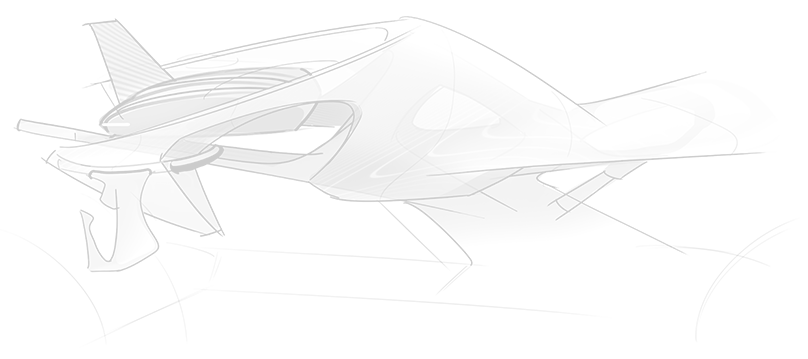
The machine sounds of the YZF-R1 driven by Spoke and the VMAX ridden by Watari, were recorded in Yamaha Motor's anechoic chamber! How was the recording process carried out?
The members involved in the recording talk about what went on behind the scenes in making the sounds.
-
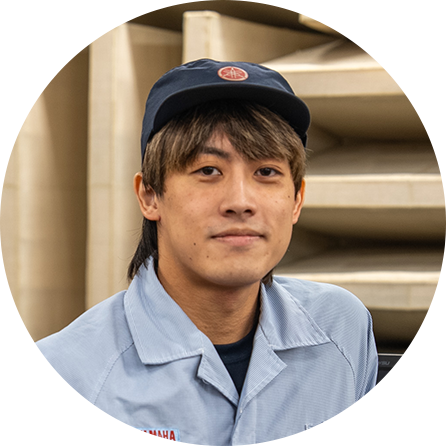
Ginya Nonaka
2nd PT Experiment Department,
PT Experiment Technology Group 3In charge riding for bikes used in the motorcycle sound recordings for the Tokyo Override collaboration project
-
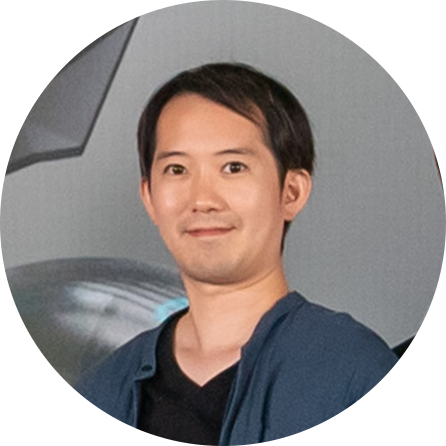
Akira Hashimoto
Creative Division,
Planning and Design Department,
Innovation Design Group
Provided advice and input on sound design for the Tokyo Override collaboration project

The Netflix series Tokyo Override depicts a near-future world where the protagonists ride “outdated” gasoline-powered motorbikes. Yamaha Motor supervised the 3D data for the YZF-R1 and VMAX that characters Spoke and Watari ride in the show. The motorcycle engine sounds featured in the series were also overseen by Yamaha Motor and were recorded at the company’s anechoic chamber using nine microphones. The sounds were captured to sync perfectly with the operation and movement of the bikes in the animation. According to the team members involved, "There’s probably no other animation that has gone to such lengths to record motorcycle sounds." This meticulous approach was employed to fully leverage the capabilities of the Dolby Atmos 7.1-channel audio. We spoke with the staff involved in the audio production to learn about the behind-the-scenes process of crafting the sound.







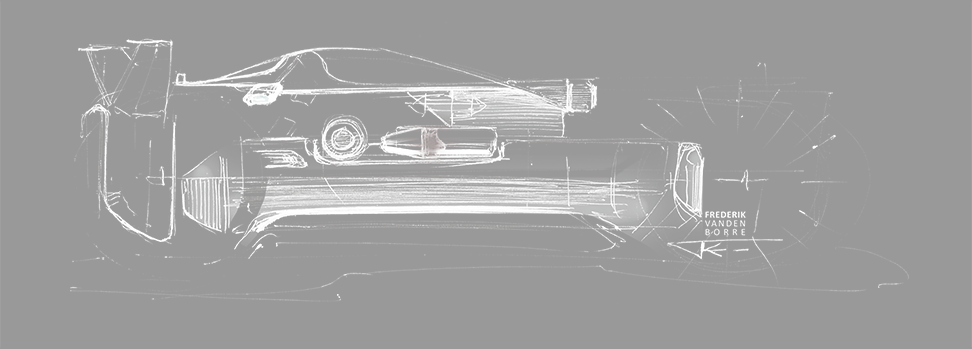

Netflix seemed to share Yamaha Motor's collaborative attitude, and so we also worked together to create the world we see in the animation, which is set in Tokyo 100 years in the future. So, we took part in the worldbuilding process with the directors of the animation and designed the futuristic bikes used in the races in the story.
When it came to recording the bike engine sounds for the show, we used our anechoic chamber and provided the bikes, riders, and also advisors to ensure the recordings were authentic.
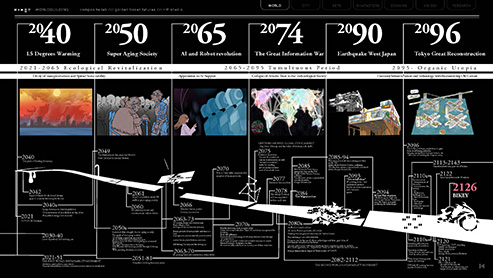
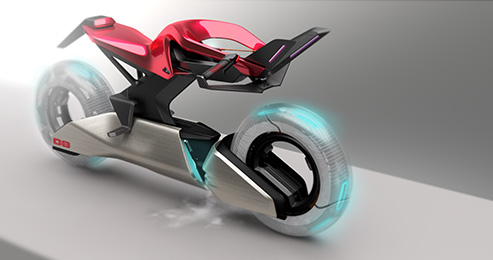
The VMAX, on the other hand, is a so-called "monster bike" equipped with a liquid-cooled, four-stroke, V-type DOHC 1,679cc engine. Its appeal lies in its powerful, deep-throated engine sound.
The changes in sound during acceleration are completely different for each bike, so even those who aren’t familiar with motorcycles can get a sense of their distinct characters just by listening.
They obviously look cool, but it would excite me if viewers thought to themselves, “I like this kind of bike,” based on the sound of it.
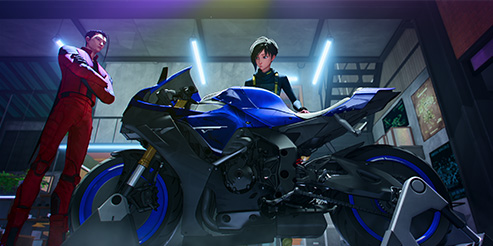
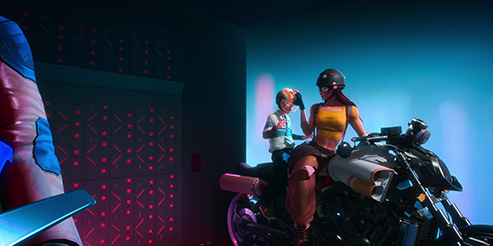
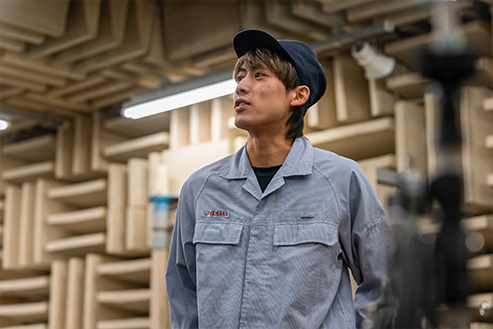



In addition to the engine sounds during rapid acceleration, sudden braking, and impacts from bumps etc., we also recorded engine start and stop sounds, the sound of sitting on the seat, clutch and brake lever noises, as well as the sound of the switches and horn. We only recorded sounds for one episode, but the recording process took an entire day. Nonaka-san, you were the chief rider for the engine sound effect recording, was this your first time synchronizing your actions with an animation? Nonaka: I was instructed on a second-by-second basis on the timings for throttle control and shifting gears up or down, and I had to operate the bike accordingly. Additionally, I had to pay attention to factors like which gear and engine speed to start in based on the speed of the scenery in the animation.
For example, I’d think, "Based on the acceleration in the animation, this must be 4th or 5th gear, and at this point, I’d want to shift up," and I would control the bike in these ways by imagining things that weren’t explicitly shown in the animation.
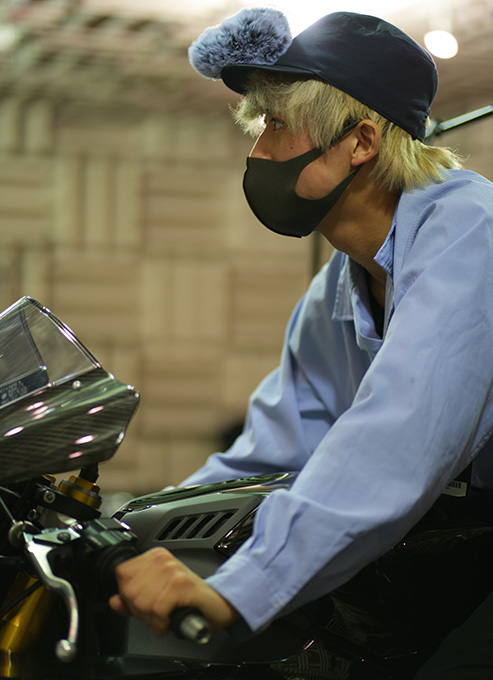
The recording team thanked us at the end for our attention to detail, as they felt they could get a recording of a higher quality than they were even expecting. We were, of course, very happy to hear that.
Hashimoto: This kind of recording wouldn’t have been possible without a rider who could handle the bike exactly as was needed. People who add sound effects to visual works are often called "foley artists," and in this case, we referred to Nonaka-san as our "foley rider."



When it comes to capturing engine sounds, for example, unless you're using a specialized soundproof room for motorcycles like we did, it’s difficult to capture a clean recording. That’s quite a high hurdle. For instance, it is possible to attach a microphone to a motorcycle and record it on an actual road, but road noise, wind, and sounds from the city inevitably get mixed in the recording, so it’s impossible to capture just the clean audio of the bike.
For this recording, we set up eight mono microphones and one stereo mic around the bike in the anechoic chamber. And because we used so many microphones, we could fine-tune the audio balance to match the animation exactly.
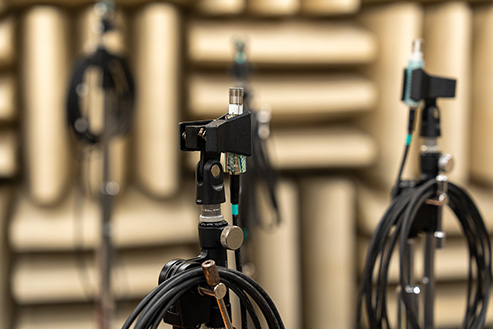
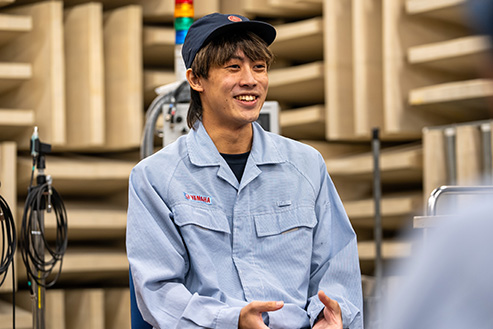
There have been works with 5.1-channel or 7.1-channel sound, but I don't think there are many works where engine sounds have been recorded with such a large number of microphones to match that level of sound quality. In this case, we used actual motorcycles, recorded in a specialized anechoic chamber by professional riders, so I believe we were able to create sound that truly maximizes the potential of Dolby Atmos.
I would be happy if viewers watched the animation with a high-quality sound system and consequently became more interested in Yamaha motorcycles as a result.
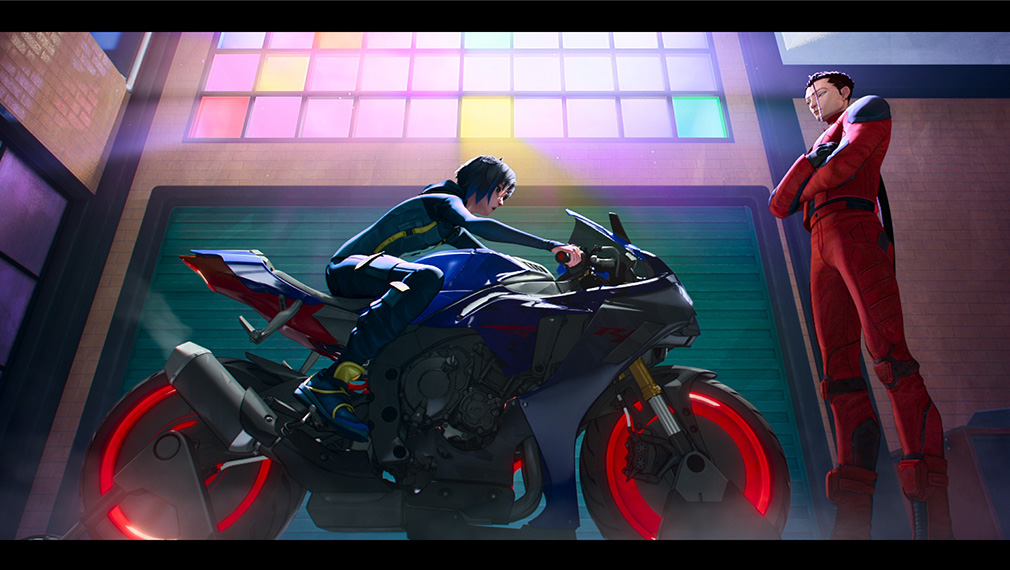

'Tokyo Override' is now streaming on Netflix




